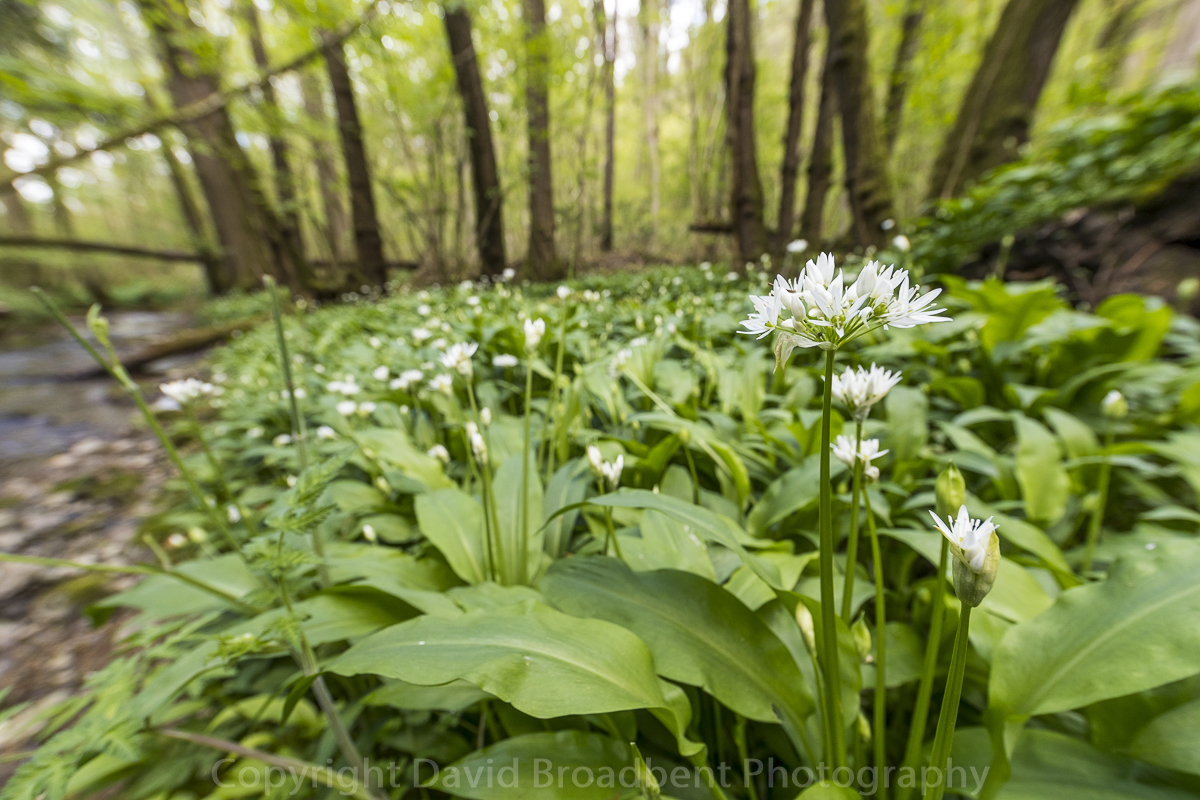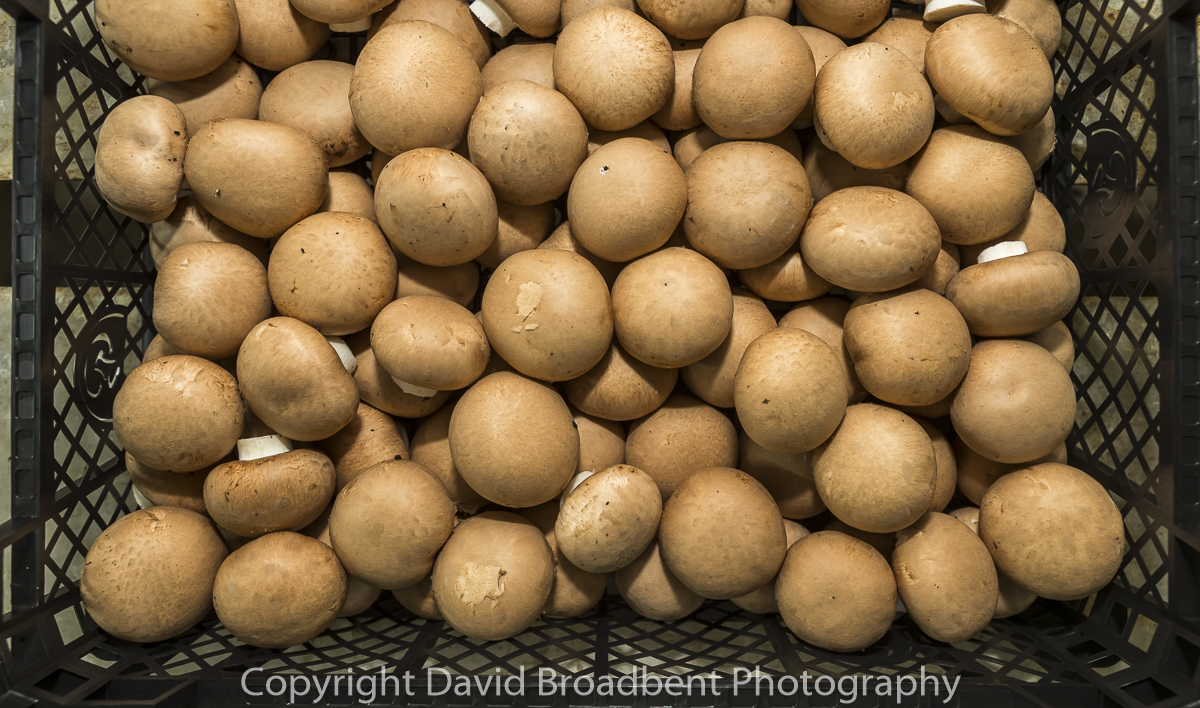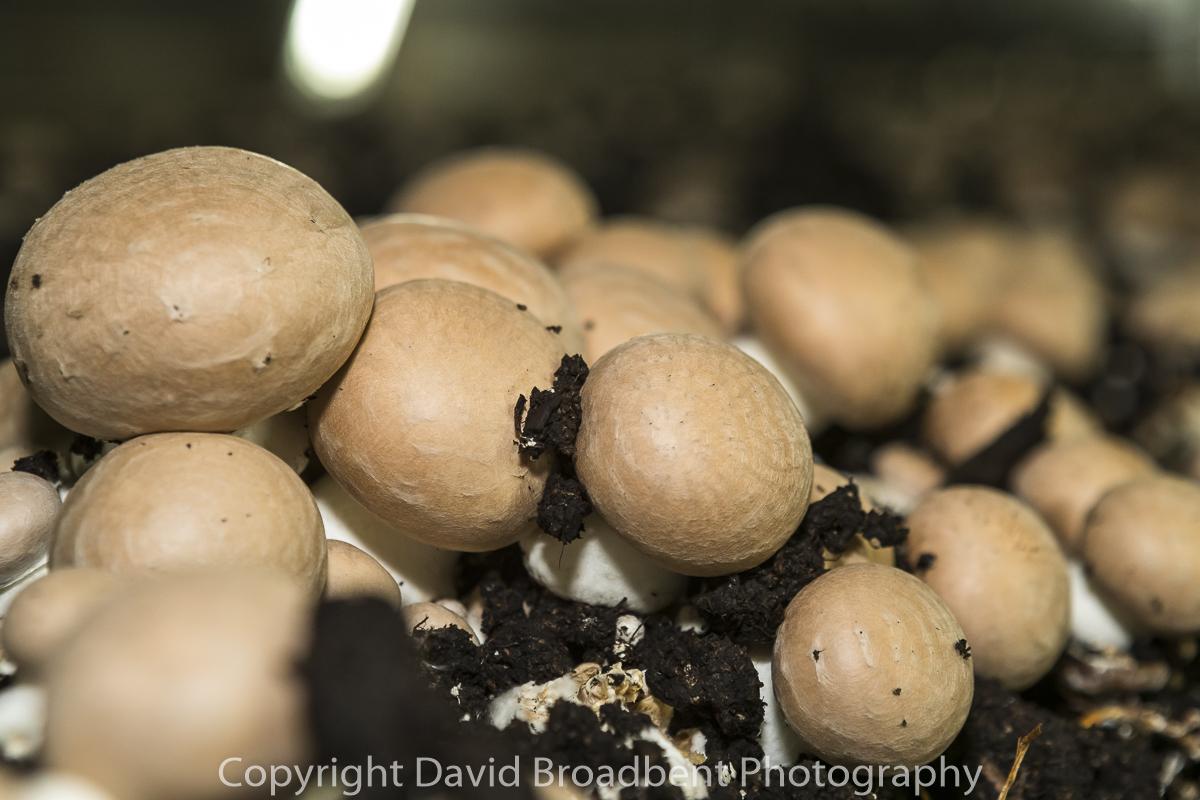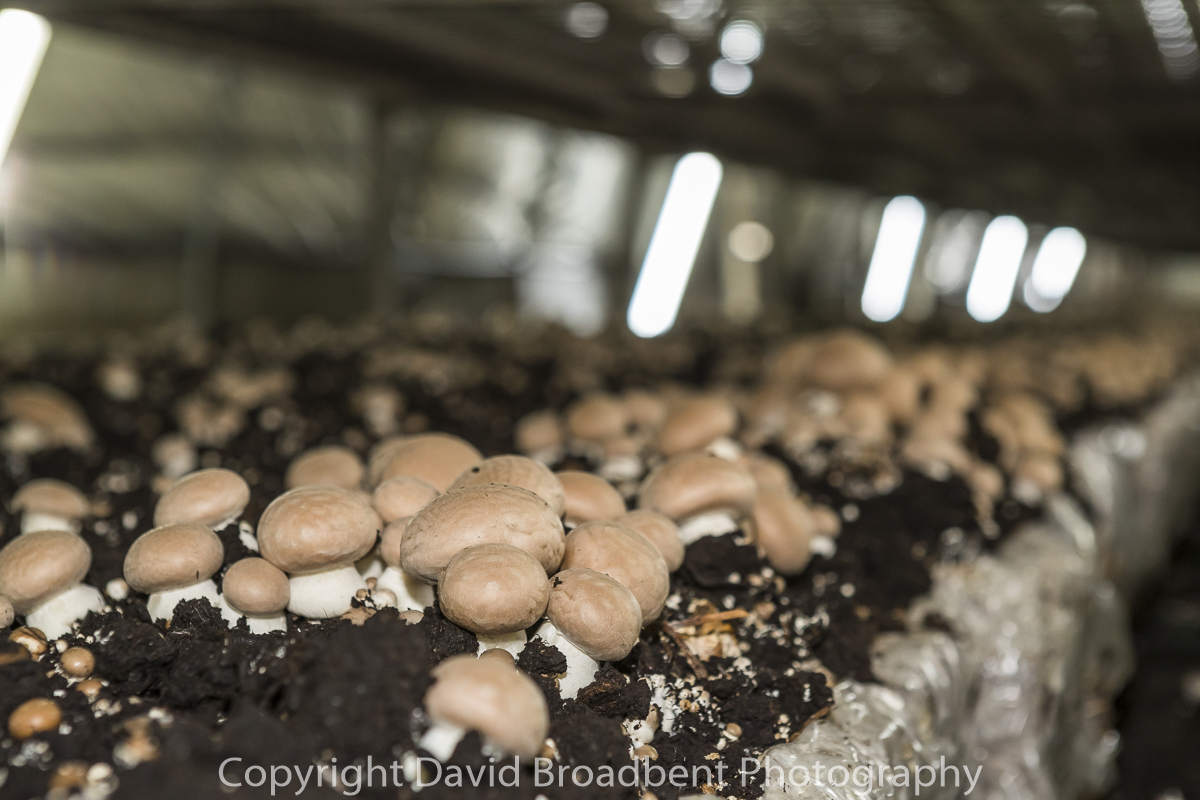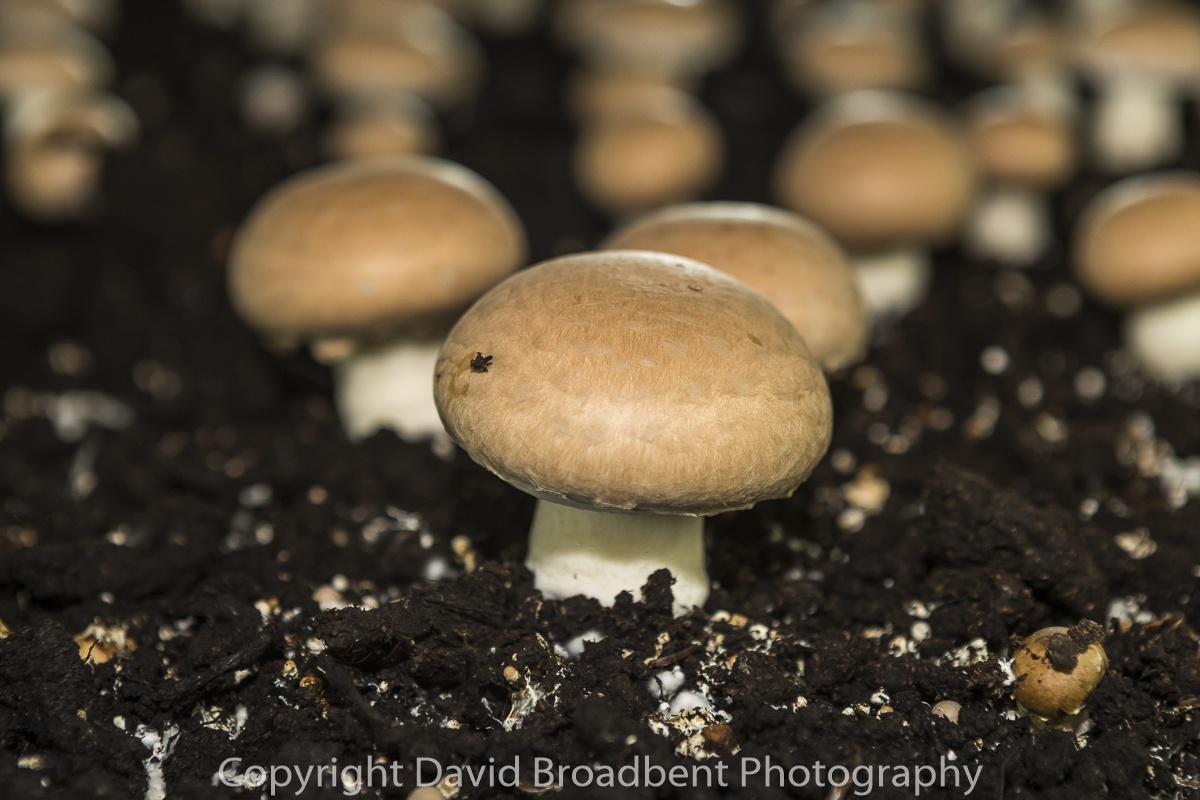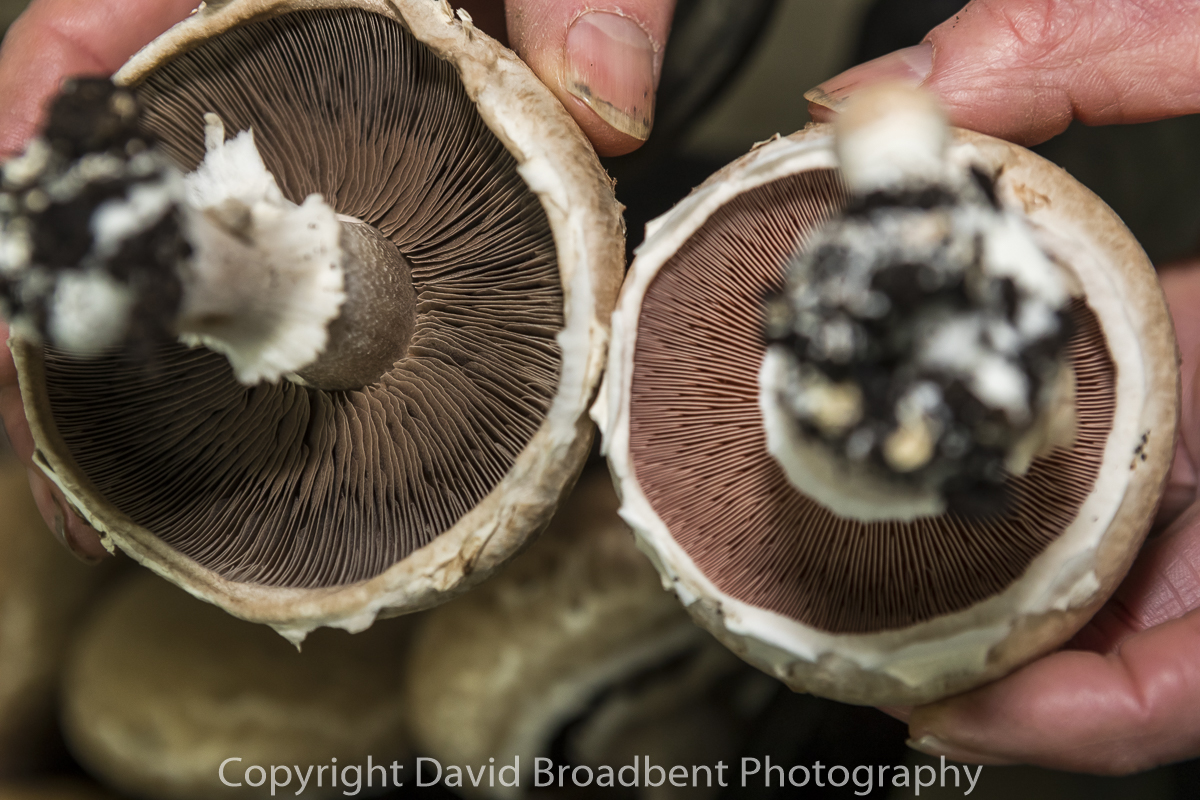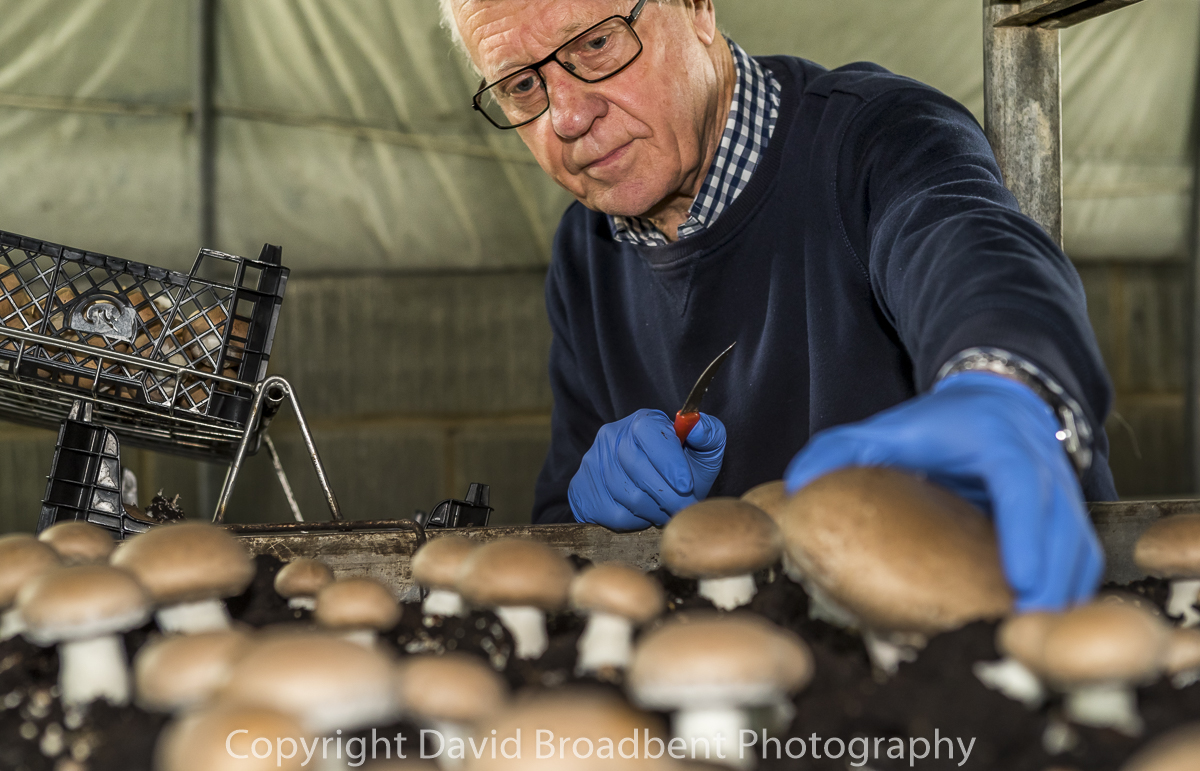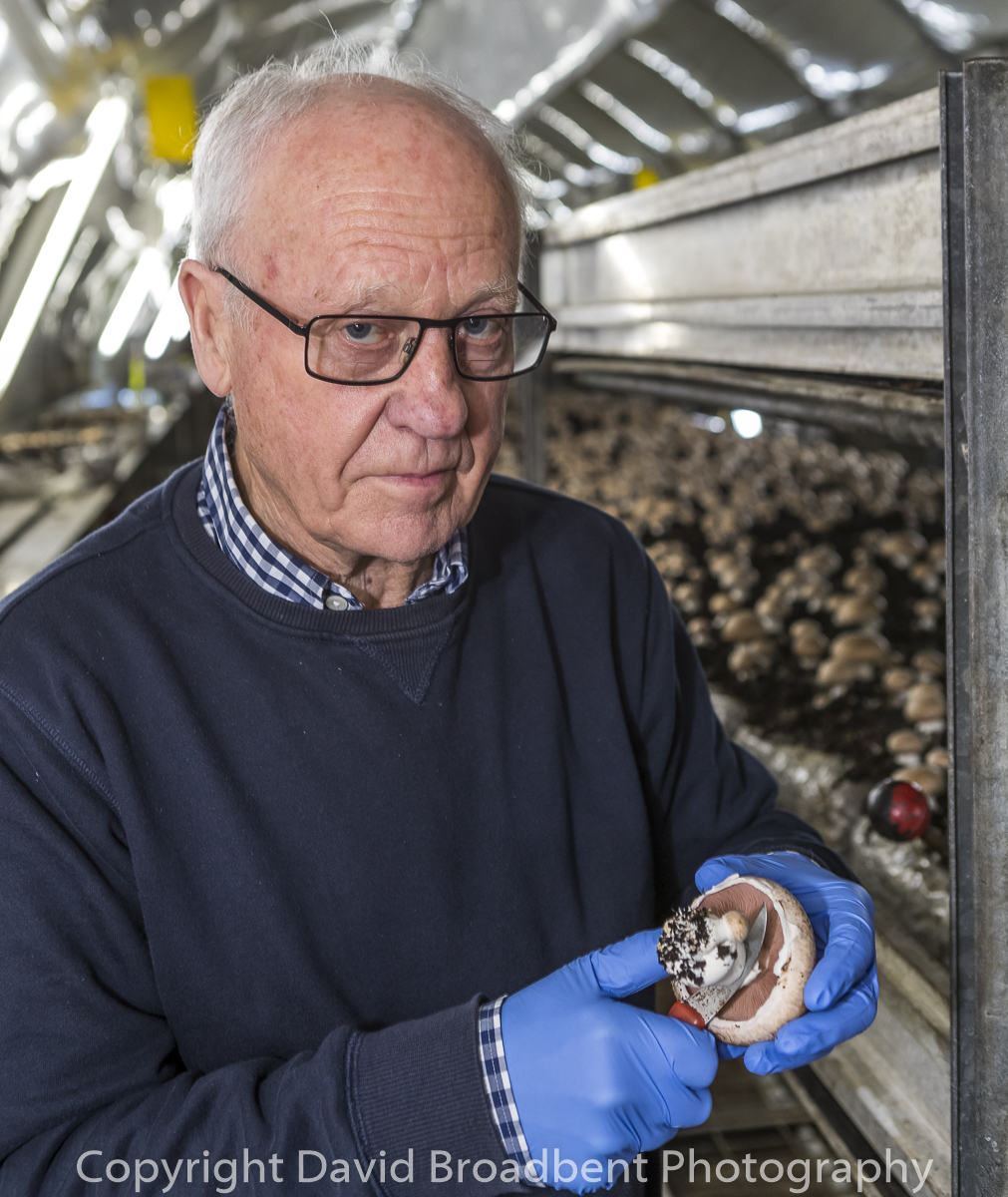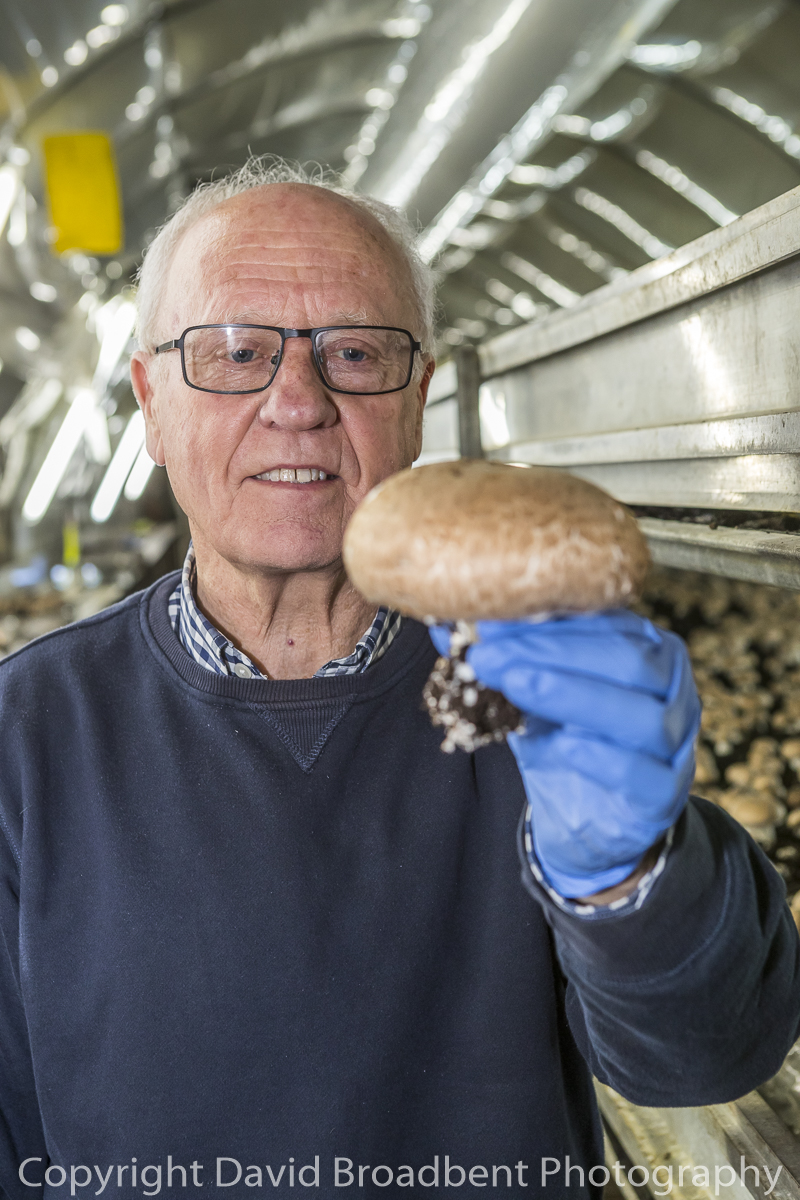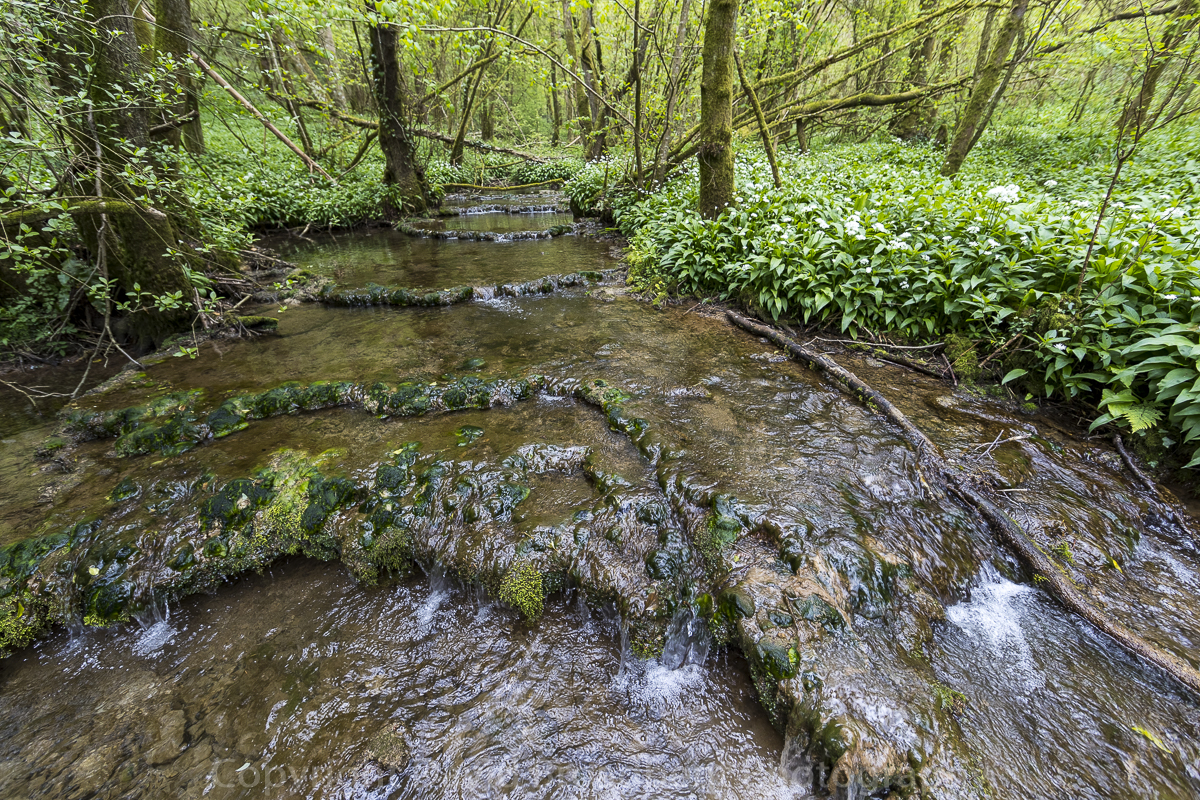
Spring is springing and the bountiful forage season is almost upon us in earnest. Tempting and tasty new shoots are erupting everywhere and an absolute favourite is the oniony goodness that is wild garlic.
Driving around the Forest of Dean and Wye Valley you can’t fail to notice the dramatic display of frost white flowers coating every verge, bank and glade in our deciduous woodland and river banks. If you walk or cycle in those areas you’ll also be treated to the wonderful garlicy and oniony perfume of Wild garlic.
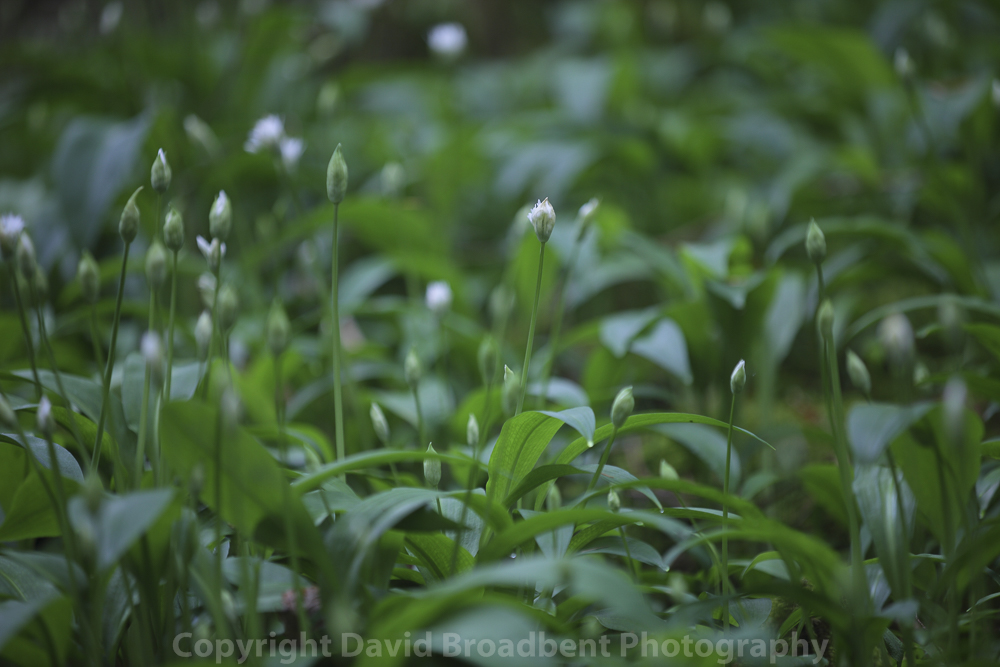
Wild garlic (Allium ursinum) also known as Ramsons and bear garlic, has long been prized by country cooks and foragers and it’s a must have crop for the kitchen as well as lifting the spirits and heralding spring proper. All of the plant is usable as a herb and has been used like its cultivated relative for donkey’s years. Collecting and using this great abundance couldn’t be easier. The leaves, flowers and bulbs are all edible but we prefer to use the leaves and flowers and allow the bulbs to make even stronger plants for next year! Pick them fresh and young and use them straight away for maximum flavour and colour. If you are unsure on identification just crush a leaf between your fingers and if it smells of garlic, onion or chives to you – it’ll be wild garlic. If you are still unsure after that – caution, the better part of valour etc. should prevail.

The leaves have a soft delicate garlic flavour when young and fresh, great in moderation for salads. The flowers too can be used in salads but they have a hotter, fiery flavour than the leaves to add a real kick and warmer flavour. A perennial favourite is wild garlic soup. So easy to make but so tasty and vibrant in colour, everyone should have a go. This versatile soup is great hot with great crusty bread, with cream or pesto added and even works cold as chilled soup for summer days.
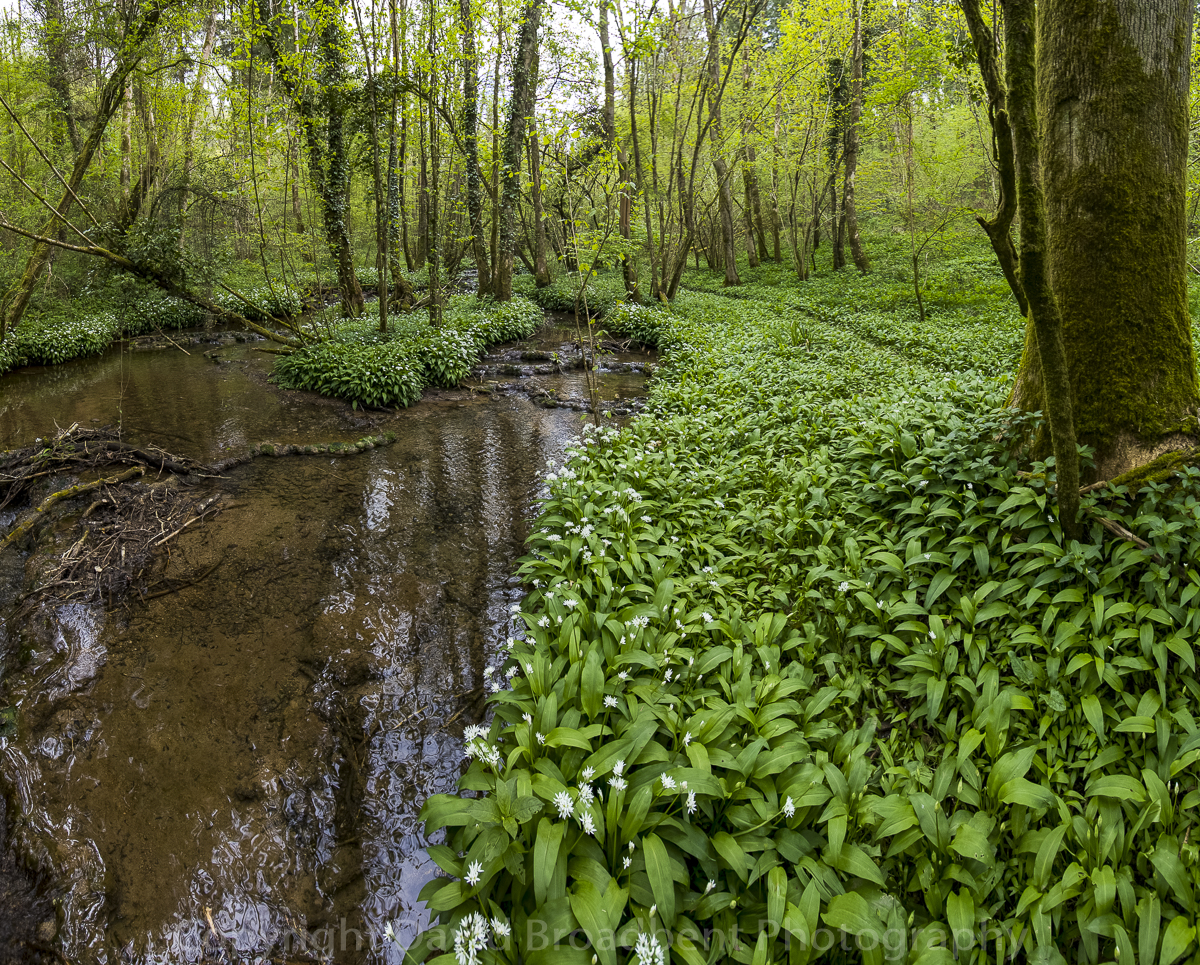
Top Forest & Wye cook and foraging queen, Yvette Farrell of Harts Barn Cookery School, also makes a killer wild garlic pesto where our native herb replaces the basil. An absolute treat stirred in to the soup or a little simple pasta dish. Ever resourceful, Yvette also uses wild garlic to add a soft perfumed flavour to home-made gnocchi by mixing in a little finely chopped leaf before cooking and then gently frying in butter to finish. So with so many options – why not give it a go?
WyeDean Deli Confidential recipe
Wild garlic soup;
- Knob of butter
- Two medium spuds roughly cut up
- Small chopped onion
- Stock
- 4 big handfuls of garlic
- Option: double cream
Heat the butter and add the potatoes and onions. Season, cover and soften on a low heat. Add the stock and boil, throw in the garlic for a couple of minutes and then blitz in a blender (add some small fresh leaves now for additional colour). Return to the heat and warm, check seasoning and serve. It will keep well in the fridge for a few days but don’t add the cream until just before serving.
